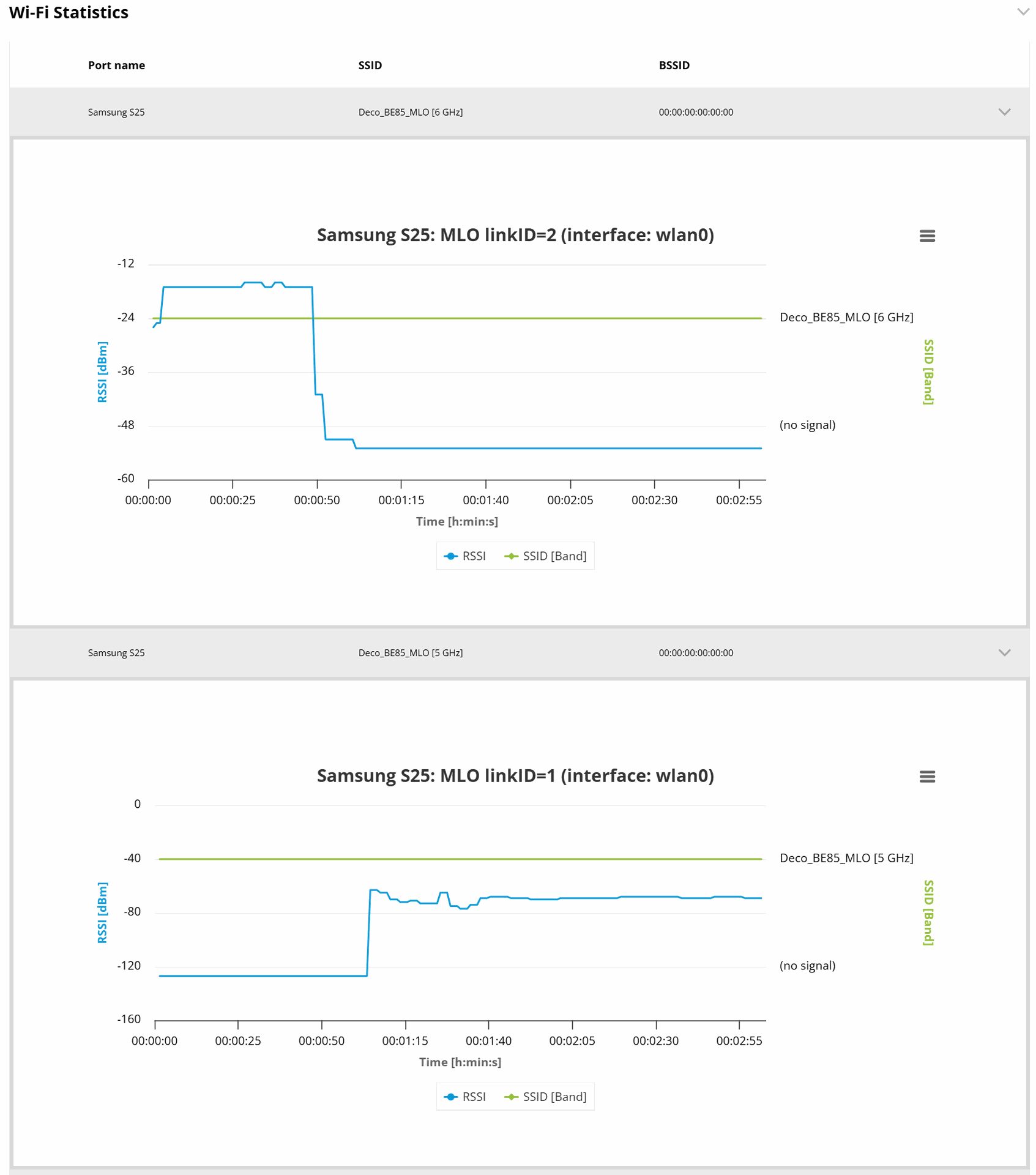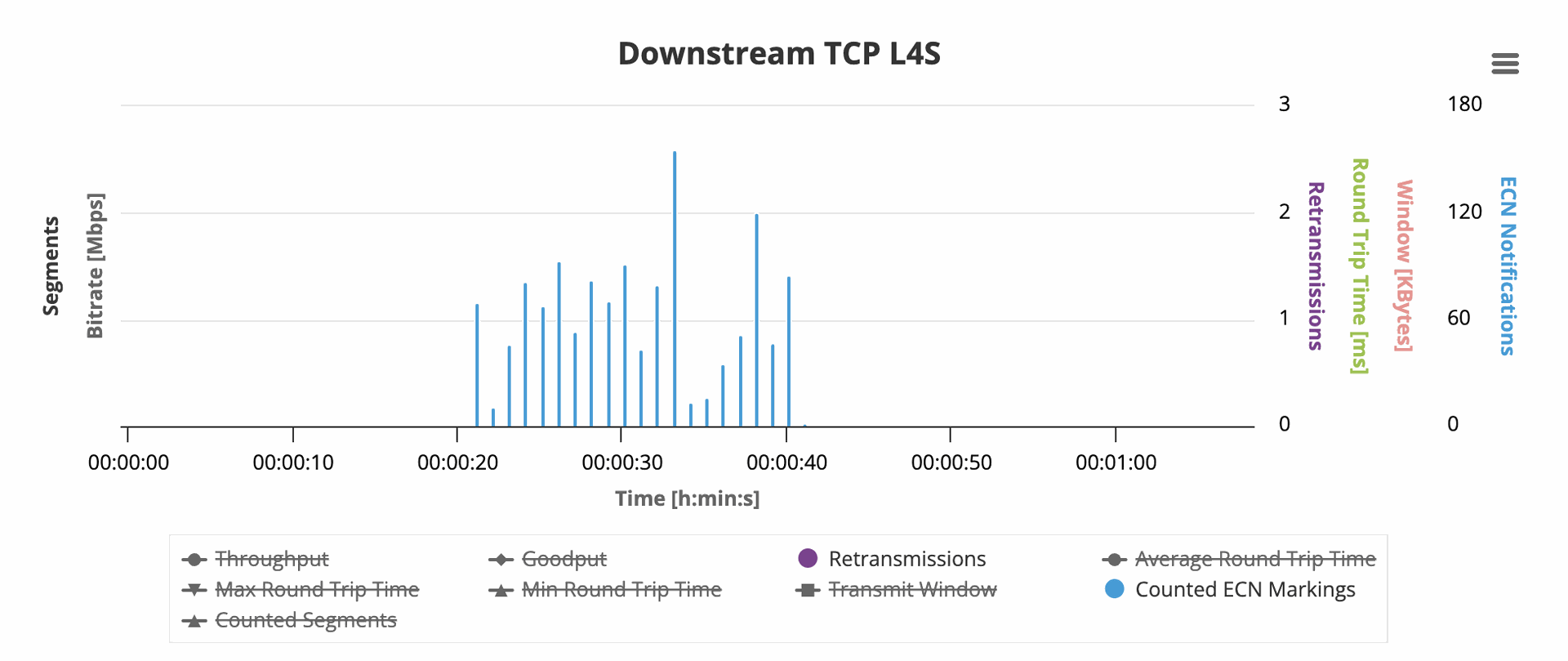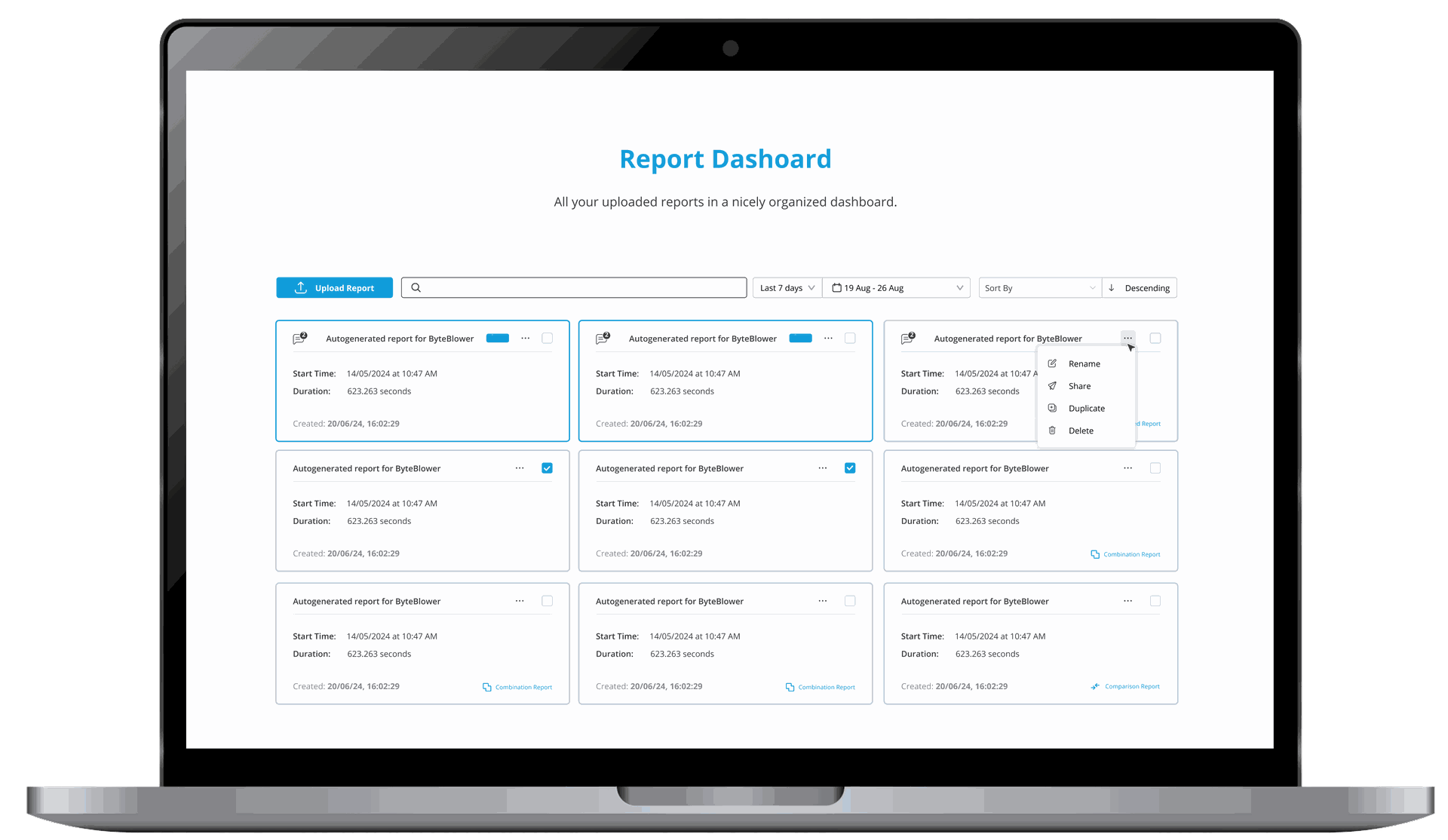
Release 2.23: It's not only talk anymore, ByteBlower is ready for Wi-Fi 7 🛜
The future of connectivity is arriving fast, and we’re thrilled to announce the 2.23 release of ByteBlower! 🥳
This update is all about empowering you to test the emerging network technologies before they hit the mainstream. We’ve been hard at work integrating support for two of the most exciting and disruptive technologies out there: Wi-Fi 7 and L4S (Low Latency, Low Loss, Scalable Throughput).
These new standards promise to revolutionize everything from immersive AR/VR to cloud gaming and overall better user experience. But with great power comes great complexity, and that’s where this ByteBlower release shines. We’ve updated the entire ecosystem—from the Endpoint and API to the GUI, Server, and MeetingPoint—to give you the deep visibility you need to validate this new technology with confidence.
Wi-Fi 7: Taming Multi-Link Operation (MLO)
The Background: Wi-Fi 7 (or 802.11be) isn't just another small speed bump; it's a massive leap forward. Its headline feature is Multi-Link Operation (MLO), a true game-changer that allows a single device (like a phone or laptop) to connect and exchange data across multiple frequency bands (like 5 GHz and 6 GHz) at the same time. This promises unprecedented speeds, rock-solid reliability, and ultra-low latency, paving the way for 8K streaming and truly wireless VR. Want to learn more on how Wi-Fi 7 works, have a look on one of our Wi-Fi trainings.
But how do you prove it's working? How do you know if a device is intelligently splitting traffic across two links or just sticking to one? Until now, this has been a black box.
What We Built: ByteBlower now cracks open that black box.
- Endpoint Support for Wi-Fi 7: We’ve added full support for the latest Wi-Fi 7 chipsets on our Endpoint for Linux and Android OS. You can now test your brand-new Wi-Fi 7-capable devices.
Why not Windows, iOS, ... you may ask? Well, simply because the OS itself is not yet up to a mature enough state to provide insights into Wi-Fi 7 statistics. As soon as they are, we will implement it in our Endpoint as well! - Deep MLO Statistics: This is the big one. Our Endpoints can now gather detailed Wi-Fi 7 statistics throughout your test scenarios, with a special focus on MLO link statistics.
- API & GUI Integration: Data is only useful if you can see it. All these new Wi-Fi 7 and MLO stats are now available through the ByteBlower API for your automation suites. And for visual analysis, we’ve added new graphs to the ByteBlower GUI reports that let you finally see exactly how MLO is behaving, in real-time. You can now definitively answer: "Is MLO working, and how well?"


L4S: Eliminating Lag for Real-Time Apps
The Background: For decades, the internet has been plagued by "bufferbloat"—the annoying lag and jitter you experience in video calls or online games when your network gets busy. L4S (Low Latency, Low Loss, Scalable Throughput) is a groundbreaking technology designed to fix this. It allows L4S-aware applications and networks to signal congestion before packets get dropped, virtually eliminating queuing delay. This is absolutely critical for the next wave of interactive, real-time applications where every millisecond counts.
What We Built: To help you validate this critical, latency-killing technology, we are excited to introduce L4S support for the ByteBlower Endpoint on iOS. You can now run test scenarios such as ECN marking validation to confirm that L4S-enabled applications and networks on Apple devices deliver the ultra-smooth, low-latency experience they promise, even under heavy network load.

A Glimpse of the Future: The New ByteBlower Report Engine
As a special bonus in this release, we're including the very first hint of our next major project: the all-new ByteBlower Cloud Reports!
When you fire up the new ByteBlower GUI for the first time, you'll see a sneak peek. This will guide you to our new landing page where you can learn more.
We're redesigning the entire reporting experience from the ground up, moving to a faster, more powerful cloud-based engine. Get ready for sleek, modern HTML-based reports filled with interactive graphs, a clear summary of your test setup, and all the detailed flow measurements you rely on—including throughput, packet loss, RTT, latency, and jitter.
This is just a teaser, but we can't wait to share more with you soon!

Enjoy the Release!
This release is a major step forward in our mission to provide the most comprehensive network testing platform on the planet. We’re incredibly proud to give you the tools to validate the technology that will define the next decade of connectivity.
As always, we’re eager to hear your feedback. Dive in, try out the new Wi-Fi 7 and L4S features, and let us know what you build with them!
Happy testing,
– The ByteBlower Team
More details on this release can be found here:
GUI release 2.23.4
- Avoid a security warning when starting the ByteBlower GUI or CLT installers.
GUI release 2.23.2
- Fixed an issue with the installer on macOS (Tahoe) when upgrading from version 2.22.6 to version 2.23
How to upgrade?
You're also excited and want to upgrade now? 🙌
Check out the installation and upgrade instructions on these pages: